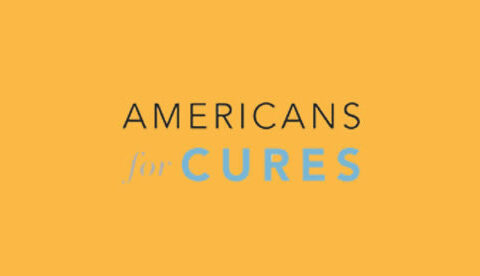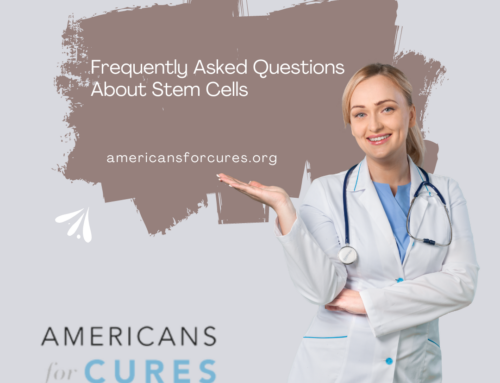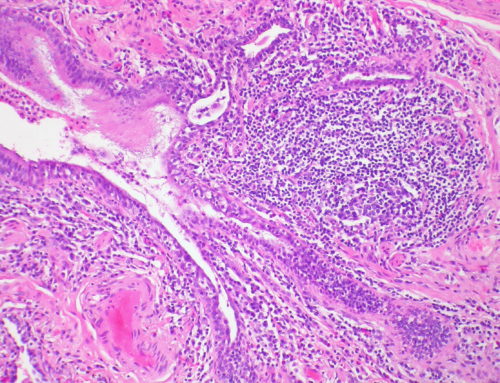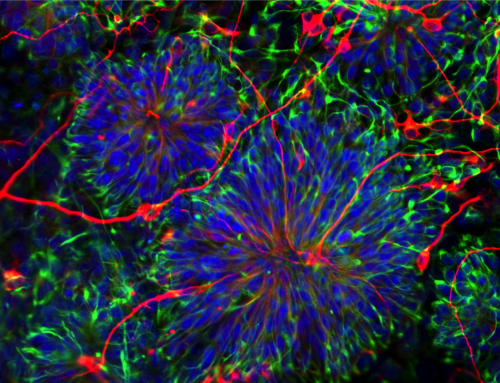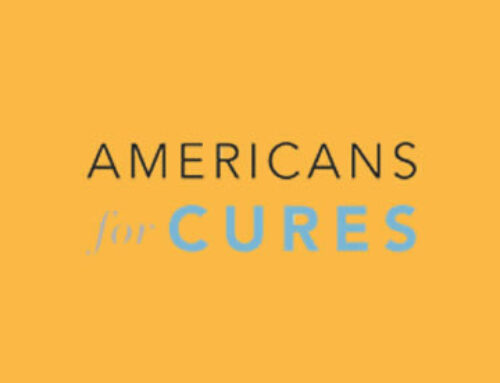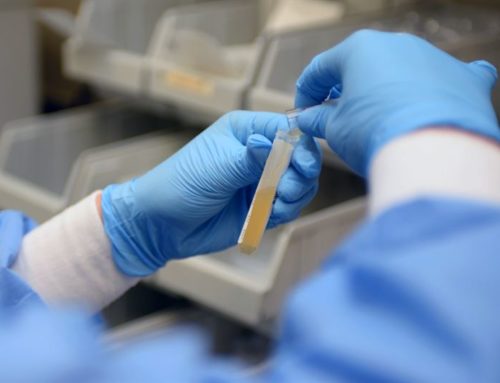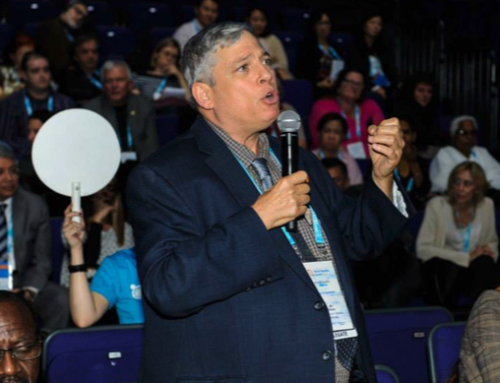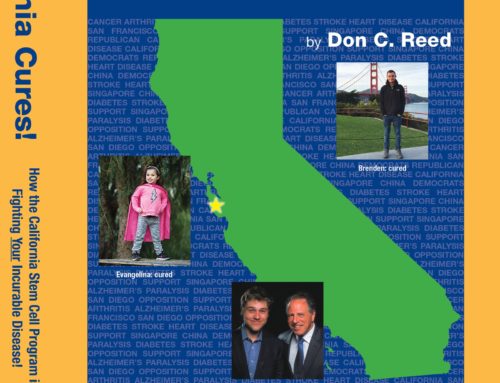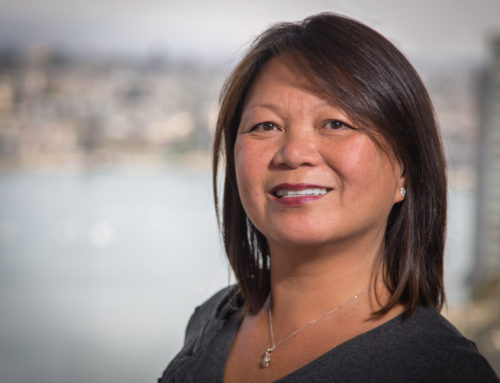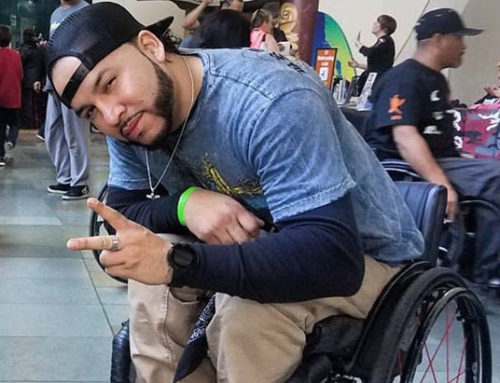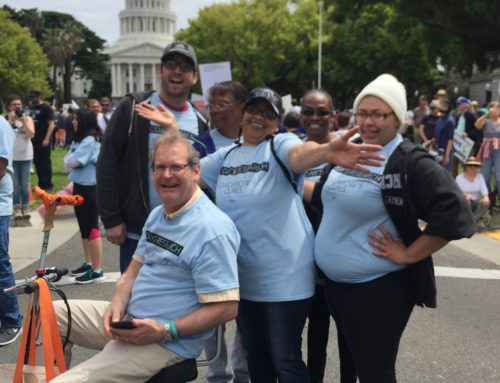I was walking across my high school football field one day, when the boy in front of me suddenly fell to the ground.
He went down hard; then writhed around violently, as if wrestling with himself.
I just stood there, holding my schoolbooks, no idea what to do.
Presently the contortions calmed. He lay there for a moment, and then got up.
“It’s epilepsy,” he said, “No big deal, happens all the time.”
Then he walked away.*
According to the World Health Organization, epilepsy is the single “most common serious brain condition on Earth…”
The symptoms may be mild (called petit mal): just staring into space for a few seconds; the person having it may not even know it is going on, nor remember it afterwards.
But other seizures (grand mal) are like being struck by lightning. Have you seen a child wearing a football helmet at school? That is to protect him or her from a fractured skull. Sometimes a fall can be so severe the helmet will shatter.
For some, medication can control the seizures. Others require surgery on the affected part of the brain: sometimes that works and sometimes it doesn’t.
But nothing goes after the condition itself—until now.
Funded by the California stem cell program, Dr. Arturo Alvarez-Buylla, Mexican-American neuro-scientist, is developing a stem cell therapy to attack epilepsy.
Epilepsy is an imbalance between excitation and inhibition among the nerves. Basically, the nerves get too excited, and the muscles go haywire.
But what if we could reinforce the inhibitor cells, the ones which are supposed to moderate that over-excitement?
As Dr. Alvarez-Buylla (pronounced like the Marine battle-cry, Boo-yah!) puts it:
“The candidate cells we propose to develop can inhibit hyperactive (nerve) circuits after implantation into the damaged brain.”
There are lots of tests to do before it becomes available to the public, but here is how it works with lab rats.
“The (nerve cells) that normally inhibit brain circuits (come) from a region of the developing brain called the medial ganglionic eminence (MGE).
“When MGE cells are grafted into the…brain, they… form inhibitory nerve cells…Our recent studies (show) that MGE cells grafted into an animal model of epilepsy can significantly decrease the number and severity of seizures.”
How important could that be?
“A recent report from the Center for Disease Control and Prevention estimates that one out of 100 adults have epilepsy…in most states, including California, epileptic patients whose seizures are not well-controlled cannot obtain a driver’s license, or work certain jobs including…law enforcement and fire-fighting….
“…annual cost estimates to treat epilepsy range from $12 to $16 billion…”
Important: some critics of the California stem cell research complain because of its cost (a total $6 billion dollars investment and interest)—but epilepsy alone costs at least twice that much—and that huge amount must be paid every year!
Back to Dr. Alvarez-Bullya:
With a group of UCSF colleagues and experts (authorities like Drs. John Rubenstein, Arnold Kriegstein, Scott Baraban, Michael Stryker and Allan Basbaum), Alvarez-Buylla is making precursor cells, the in-between stage. (First they are “blank check” embryonic stem cells, then precursors, then young neurons , before becoming the final stage, the mature inhibitory neuron.)
When these precursor cells are grafted into the brain, they (amazingly) migrate to where they are needed, and become inhibitory cells. They link up with nerve circuits, and hopefully repair what is not working.
By way of full disclosure, Dr. Alvarez-Buylla states that he is a co-founder of Neurona Therapeutics, and sits on that company’s scientific advisory board. This company is a start-up, built around the idea of using MGE cells in various ways.
Interviewing him, however, was a bit of a struggle. Modest to a fault, he persisted in pointing out the accomplishments of his colleagues.
“Dr. Basbaum is the world authority on pain, you should really talk to him… Dr. Kriegstein’s work is outstanding… Dr. Rubenstein’s basic science is crucial…”
It did not occur to him to mention that his 30-plus years of effort had won him numerous top-level awards, including one, the Prince of Asturias Award, which cited his and his co-recipients’ findings as “among the most important in neurobiology, changing the way we understand the brain..
Arturo Alvarez-Bullya…remember that complicated name, the next time someone mentions epilepsy: Arturo Alvarez-Buylla works at UC San Francisco, doing work which has been supported by the California Institute for Regenerative Medicine.
* Note: If you observe someone having a seizure, doing nothing is generally the right thing to do. Do not try to hold them still; do not put anything between their jaws. They will not swallow their tongue; the biggest danger is a rock or something they may bang their head on. Talk softly to them, and stay, be a comforting presence until the seizure passes. If the seizure lasts more than 5 minutes, call 911.
This post originally appeared on HuffPost.
Don C. Reed is Vice President of Public Policy for Americans for Cures, and he is the author of the forthcoming book, CALIFORNIA CURES: How California is Challenging Chronic Disease: How We Are Beginning to Win—and Why We Must Do It Again! You can learn more here.



